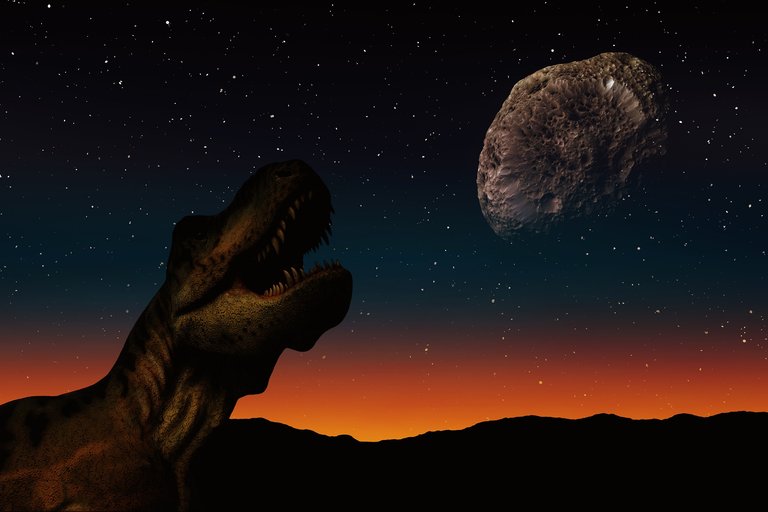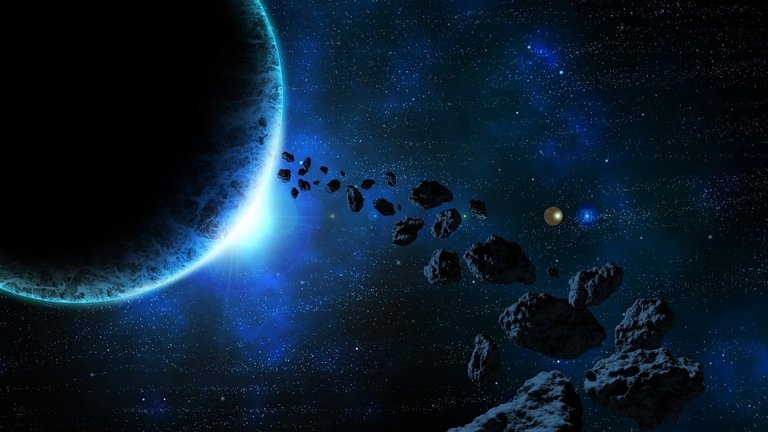As objects, moving across the sky in a irregular fashion and leaving behind traces of light, comets have been an intriguing topic to modern man for ages. They belong to the family of celestial bodies that are left over from the solar system’s creation approximately 4.6 billion years ago and include water ice, gases, dust, and rock. For centuries, comets have been considered signs of a change, and sometimes they brought in people admiration and curiosity, sometimes people’s hatred and fear. But they also are real and concrete impacts regarding the history of Earth and our understanding of the universe.

What Are Comets?
Comets are big chunks of ice which can be found in the outer planes of solar system including in the Kuiper Belt and the Oort Cloud. When they approach the Sun, the gases they are made of turn into gas, and become illuminated, giving them a halo that is called a coma as well as a tail. They can grow as thin tendrils of millions of miles of space, gleaming with the night.

Even if they are considered astronomical events, comets also afford the scientific community important information about the formation of the solar system since they contain exactly that, material from the formation of the solar system. But they also have a much more complex connection to Earth: they were involved in its history and possibly its future.

Famous Comets in History
The most famous comet is Halley which comes with about a 76-year interval to revisiting the Earth. Halley’s comet named after the English astronomer Edmond Halley, who predicted its return in 1705, has been observed by many civilizations for more than two millennia. A one-comet event occurred in 1066 and we can see the trailing on the Tapestry of Bayeux as the harbinger during the Norman conquest of England.
There is another famous comet called Hale Bopp which remained visible to the naked eye in 1997 for eighteen months. Due to its brightness and duration it became perhaps one of the most watched comets in the 20th century and paved for a renewed interest in comets.
Comet NEOWISE [C/2020 F3] was detected on March 27 2020 by the NEOWISE space telescope and spotted naked eye in the month of July 2020. Because of its long, bright tail and limited visibility in the Northern Hemisphere.
Perseid meteor shower comes from Comet Swift-Tuttle which was discovered in 1862. It is taking 133 years to complete its orbit and the last time that it was in inner solar system was in July 1992 while next time it will pass through the inner solar system again in the year 2126.
Comet McNaught also known as the “Great Comet of 2007” was identified in 2006 by an Australian astronomer Robert McNaught.
Comet Shoemaker-Levy 9 is perhaps well known after its fragments impacted on the Jovian planet in the year 1994. Announced in 1993, by Carolyn and Eugene Shoemaker and David Levy.

Impacts on Earth
The effects that the comets have in the Earth go further than the scenography they provide in the sky. A large number of scientists reckon that comets could have brought water as well as various organic compounds to the planet and so promoted life. Some even argues that, a gigantic comet could have contributed to full scale extinction of animal life, including dinosaurs.
The last major event occurred as early as in 1908 when a comet or asteroid bombing Siberia in Russia leveled thousands of kilometers of Equatorial forest known as the Tunguska district. This event shows that comets and in particular, debris associated with them can still be dangerous.
Meteors have travelled long distances bringing a beautiful view of a night sky and destructive power in the midst of human history and formation of earth. The more we learn about the universe the more credit goes to these old travelers and their previous visits which resonate with the civilization tales and with the terrestrial surface itself.
All pictures were gotten from Pixabay
Source
Source
Source
Source
Quite interesting to really learn about the history of comet. So much of knowledge here